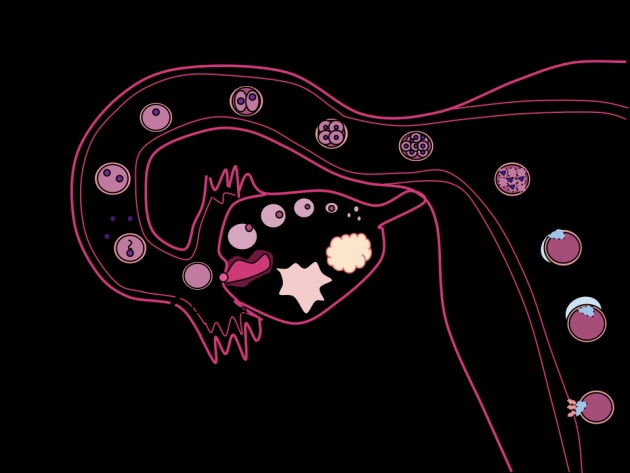After the formation of gametes, fertilization occurs. There are two mechanisms by which fertilization can take place. First external fertilization and other is internal fertilization.

In external fertilization, egg cells are fertilized outside the body. External fertilization occurs mostly in aquatic environment. It requires both the male and the female animals to release their gametes into their surroundings at almost the same time. For external fertilization, the animals have to release great number of gametes. In external fertilization, there is a risk of loss of gametes due to environmental hazards. External fertilization occurs in many invertebrates and the first two groups of vertebrates i.e. fishes and amphibians.
In internal fertilization, eggs are fertilized within the reproductive tract of female. It occurs in reptiles, birds and mammals. Such animals provide protection to the developing embryo. After fertilization, reptiles and the birds make protective shells around their egg cells and then lay them. The shell is resistant to water loss and damage. In mammals (with the exception of egg laying mammals) the development of fertilized egg into new baby takes place in mother body. In this case there is extra protection to the embryo and mother also supplies everything that embryo needs.



